About
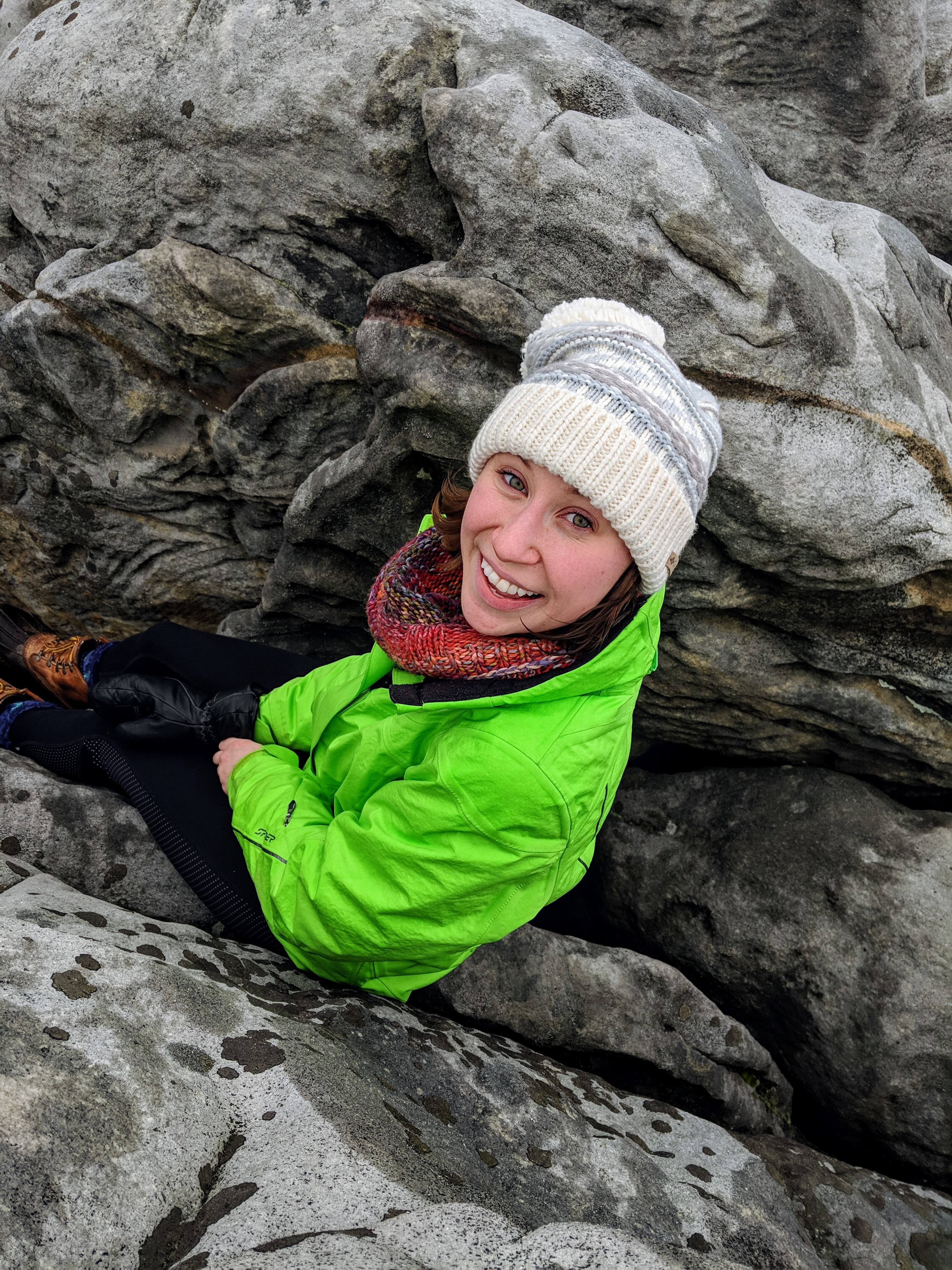
I'm the Communications Specialist for the American Astronomical Society, where I serve as the Editor of AAS Nova, an award-winning research news site, and Deputy Press Officer. I defended my dissertation on the upper atmospheres and ionospheres of Venus and Mars at Boston University in September 2021. I was the first ever American Astronomical Society Media Fellow and a 2019 AAAS Mass Media Science and Engineering Fellow at Voice of America in Washington, D.C.
Before beginning graduate school in Fall 2015, I lived in Taiwan for a
year as a Fulbright English Teaching Assistant. Between graduating from college and moving to Taiwan,
I worked as a Planetary Science Research Intern at NASA’s Jet Propulsion Lab.
Before that, I studied at Williams College, graduating in 2014 with a B.A. in Astrophysics and Chinese.
Aside from coding and writing, you can find me hiking, rock climbing, reading, or doing crossword puzzles.
Science Writing
As editor of AAS Nova, I write about all aspects of astrophysics, from laboratory science to cosmological simulations. Here are a few recent articles I've written about some of my favorite topics:
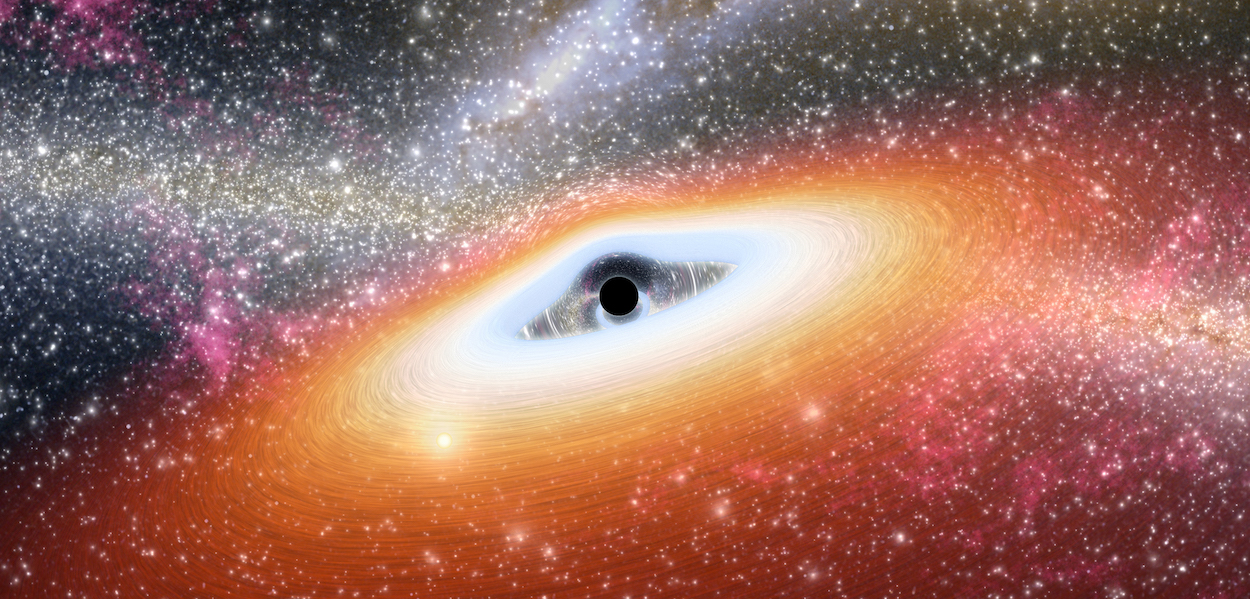
Finding Strange Stars with Primordial Black Holes
It sounds like something out of science fiction: a miniature black hole barrels through the densely packed remnant of a dead star, consuming it from the inside. Strange though it may seem, this scenario might hold the key to discerning between stars composed of different kinds of exotic matter.
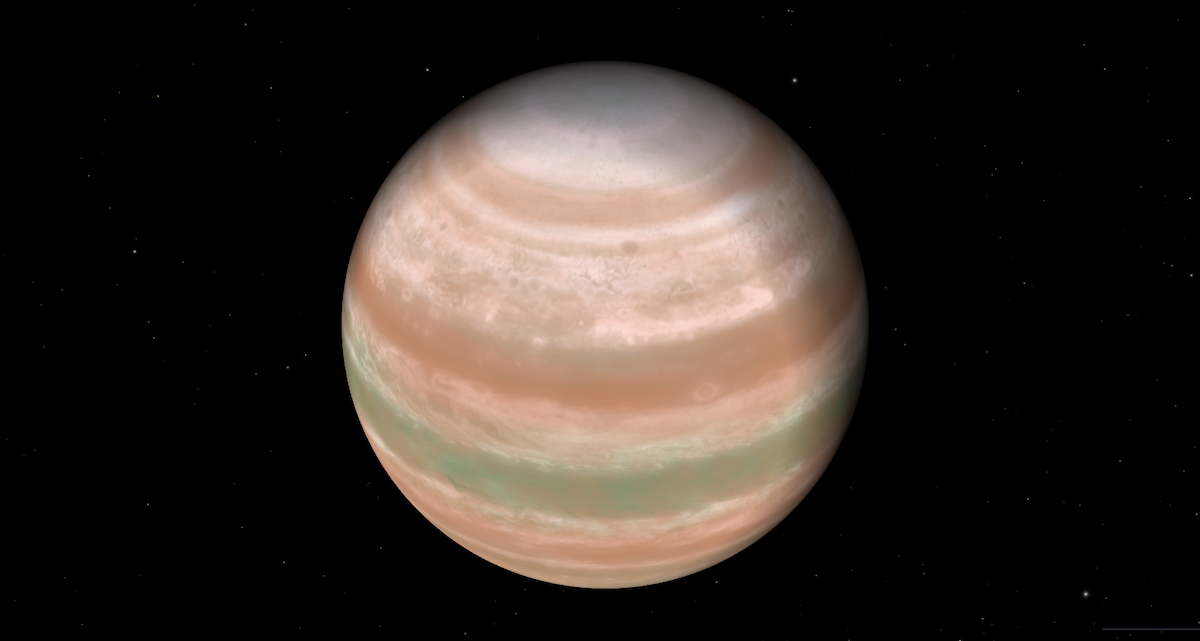
First Look at an Unusual Exoplanet’s Atmosphere
Astronomers have discovered a curious exoplanet with an extremely low bulk density — nearly 15 times less dense than Jupiter and 60 times less dense than Earth. The first spectrum of this planet’s atmosphere gives clues to the cause of this unusual quality.
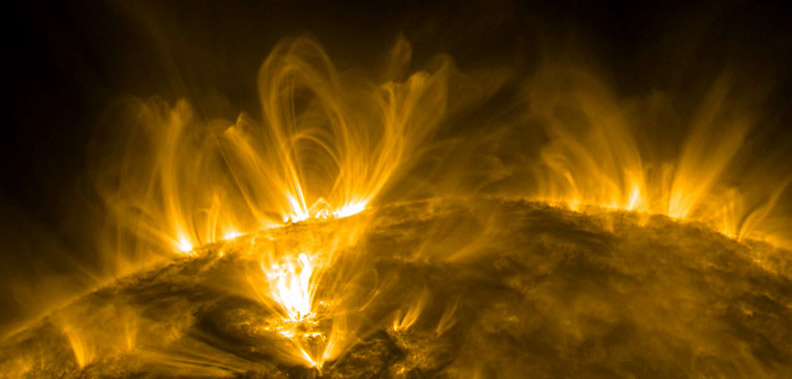
Capturing Solar Flares with the Collapsing Trap Model
Though solar flares are common — the Sun releases as many as 20 per day — these explosive events remain mysterious. What can models tell us about the uncertain origins of the X-rays we see at the onset of a solar flare?
Below are articles I've written for other outlets in roughly reverse chronological order.
Deciphering the Mystery of RW Aurigae [PDF] for Sky & Telescope.
Green Bank Observatory: Wild, Wonderful, and Radio Quiet for Highland Outdoors.

Our Eyes Reveal What We Want to Conceal, Research Finds
Solar Sail Mission Is Declared a Success
Climate Change May Have Contributed to Rise of Deadly Fungus, Study Says
Laughter May Be Best Medicine for Bad Joke
Before Humans Walked on the Moon, Animals Rocketed into Space (Video)
View 8 More

What Are Starspots Like on Sun-like Stars?
Astrophysical Classics: Evidence for Europa’s Subsurface Ocean
SETI on the Side: Seeking Dyson Spheres with Gaia
Dating the Evaporation of Globular Clusters
Antineutrinos, Left-Handed Molecules, and You
View >10 More

The Universe Beyond the Plasma Frequency
Life Beyond Earth? Look to Small Stars
Research
 At Boston University, I worked with Dr. Paul Withers to study the atmospheres of terrestrial planets.
My dissertation research focused on a layer of charged particles in the upper atmospheres of Venus and Mars called the ionosphere.
In particular, I studied how solar activity — solar flares, the 11-year solar cycle, etc. — affects the density,
extent, and composition of the ionosphere of Venus. To accomplish this, I analyzed and modeled in situ data from the
Pioneer Venus Orbiter (PVO) and Mars Atmosphere and Volatile Evolution (MAVEN) spacecraft as well as remote-sensing data from Venus Express and Mars Global Surveyor.
At Boston University, I worked with Dr. Paul Withers to study the atmospheres of terrestrial planets.
My dissertation research focused on a layer of charged particles in the upper atmospheres of Venus and Mars called the ionosphere.
In particular, I studied how solar activity — solar flares, the 11-year solar cycle, etc. — affects the density,
extent, and composition of the ionosphere of Venus. To accomplish this, I analyzed and modeled in situ data from the
Pioneer Venus Orbiter (PVO) and Mars Atmosphere and Volatile Evolution (MAVEN) spacecraft as well as remote-sensing data from Venus Express and Mars Global Surveyor.
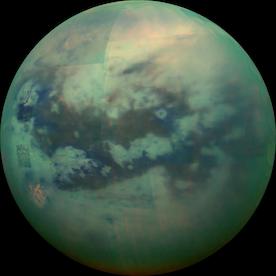 As a planetary science research intern at JPL, I worked with Dr. Bonnie Buratti
to study the north pole of Titan, Saturn’s largest moon. Titan's thick, methane-rich atmosphere makes it challenging
to study the moon's surface at visible wavelengths, but it's possible to peek through atmospheric windows in the infrared.
At certain wavelengths, we can see that Titan is dotted with lakes and seas filled with liquid hydrocarbons — mostly methane and ethane. Using data from the Visual and Infrared Mapping Spectrometer
aboard the Cassini spacecraft, I developed a preliminary spectral mapping technique to ascertain
the relative abundances of methane and ethane in and around the polar lakes of Titan, focusing on the bright "collar" regions around the lakes that could signal evaporation.
As a planetary science research intern at JPL, I worked with Dr. Bonnie Buratti
to study the north pole of Titan, Saturn’s largest moon. Titan's thick, methane-rich atmosphere makes it challenging
to study the moon's surface at visible wavelengths, but it's possible to peek through atmospheric windows in the infrared.
At certain wavelengths, we can see that Titan is dotted with lakes and seas filled with liquid hydrocarbons — mostly methane and ethane. Using data from the Visual and Infrared Mapping Spectrometer
aboard the Cassini spacecraft, I developed a preliminary spectral mapping technique to ascertain
the relative abundances of methane and ethane in and around the polar lakes of Titan, focusing on the bright "collar" regions around the lakes that could signal evaporation.
 As an undergraduate at Williams College, I worked with Dr. Karen Kwitter to study
planetary nebulae (PNe, singular PN), the final life stage for stars of approximately
the same mass as the Sun. I analyzed spectra from the 10.4-meter Gran Telescopio Canarias
OSIRIS imaging spectrograph and the Hubble Space Telescope Imaging Spectrograph and
calculated chemical abundances of PNe in the Milky Way and our nearest galactic neighbor,
M31. For my senior thesis, I analyzed spectra from eight PNe in M31 to investigate
the oxygen abundance gradient, which is anomalously flat in the outer disk of M31.
A likely cause is the gravitational influence of a passing galaxy — which kinematic studies
suggest occurred between M31 and M33 2-3 billion years ago. You can read more about this work
here.
As an undergraduate at Williams College, I worked with Dr. Karen Kwitter to study
planetary nebulae (PNe, singular PN), the final life stage for stars of approximately
the same mass as the Sun. I analyzed spectra from the 10.4-meter Gran Telescopio Canarias
OSIRIS imaging spectrograph and the Hubble Space Telescope Imaging Spectrograph and
calculated chemical abundances of PNe in the Milky Way and our nearest galactic neighbor,
M31. For my senior thesis, I analyzed spectra from eight PNe in M31 to investigate
the oxygen abundance gradient, which is anomalously flat in the outer disk of M31.
A likely cause is the gravitational influence of a passing galaxy — which kinematic studies
suggest occurred between M31 and M33 2-3 billion years ago. You can read more about this work
here.
Curriculum Vitae
Last updated 2/16/22. If the PDF fails to load, click here to view it in your browser.
Contact
Elements
Text
This is bold and this is strong. This is italic and this is emphasized.
This is superscript text and this is subscript text.
This is underlined and this is code: for (;;) { ... }. Finally, this is a link.
Heading Level 2
Heading Level 3
Heading Level 4
Heading Level 5
Heading Level 6
Blockquote
Fringilla nisl. Donec accumsan interdum nisi, quis tincidunt felis sagittis eget tempus euismod. Vestibulum ante ipsum primis in faucibus vestibulum. Blandit adipiscing eu felis iaculis volutpat ac adipiscing accumsan faucibus. Vestibulum ante ipsum primis in faucibus lorem ipsum dolor sit amet nullam adipiscing eu felis.
Preformatted
i = 0;
while (!deck.isInOrder()) {
print 'Iteration ' + i;
deck.shuffle();
i++;
}
print 'It took ' + i + ' iterations to sort the deck.';
Lists
Unordered
- Dolor pulvinar etiam.
- Sagittis adipiscing.
- Felis enim feugiat.
Alternate
- Dolor pulvinar etiam.
- Sagittis adipiscing.
- Felis enim feugiat.
Ordered
- Dolor pulvinar etiam.
- Etiam vel felis viverra.
- Felis enim feugiat.
- Dolor pulvinar etiam.
- Etiam vel felis lorem.
- Felis enim et feugiat.
Icons
Actions
Table
Default
| Name |
Description |
Price |
| Item One |
Ante turpis integer aliquet porttitor. |
29.99 |
| Item Two |
Vis ac commodo adipiscing arcu aliquet. |
19.99 |
| Item Three |
Morbi faucibus arcu accumsan lorem. |
29.99 |
| Item Four |
Vitae integer tempus condimentum. |
19.99 |
| Item Five |
Ante turpis integer aliquet porttitor. |
29.99 |
|
100.00 |
Alternate
| Name |
Description |
Price |
| Item One |
Ante turpis integer aliquet porttitor. |
29.99 |
| Item Two |
Vis ac commodo adipiscing arcu aliquet. |
19.99 |
| Item Three |
Morbi faucibus arcu accumsan lorem. |
29.99 |
| Item Four |
Vitae integer tempus condimentum. |
19.99 |
| Item Five |
Ante turpis integer aliquet porttitor. |
29.99 |
|
100.00 |









